Stage 5: Almazán - Andaluz
Description

The gateway to riparian landscape
As Almazán fades into the distance, the route ventures deeper into the characteristic landscape of the River Duero, a mosaic of farms, maritime pinewoods, holm oak forests and the unmistakable silhouette of the river, with tall poplars growing along its banks. The route is dotted with beautiful viewpoints overlooking the river and surrounding countryside.
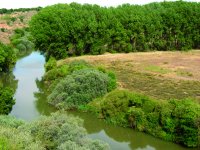
As Almazán fades into the distance, the route ventures deeper into the characteristic landscape of the River Duero, a mosaic of farms, maritime pinewoods, holm oak forests and the unmistakable silhouette of the river, with tall poplars growing along its banks. The route is dotted with beautiful viewpoints overlooking the river and surrounding countryside.
The Stage begins on the opposite bank of Parque de la Arboleda and the municipal sports centre, at the end of the walled town. A footbridge crosses over the River Duero, providing access to Parque de la Arboleda. Under the canopy of leafy trees, the route leaves Almazán behind along the road to Centenera de Andaluz.
The road to Centenera, which is initially paved, is an easy and wide farm road.
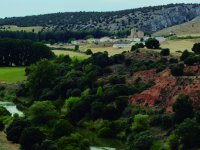
The Stage traverses entirely through the “Río Duero y sus Riberas” Site of Community Interest (SCI) and Special Area of Conservation (SAC), which is part of the Natura 2000 network. Its designation as a protected area was due to the presence of English poplars (Populus nigra), ashes (Fraxinus angustifolia) and white willows (Salix alba) and thorny undergrowth, including hawthorns (Crataegus monogyna), blackthorns (Prunus spinosa), blackberries (Rubus ulmifolius), and wild roses (Rosa pouzinii, and Rosa canina) along the River Duero.
Past several livestock buildings, the road forks shortly before arriving at a maritime pine forest (Pinus pinaster), easily identified by the twisted, gnarled trunk and dark bark of the trees. The route continues along the main road to the right.
These pinewoods are frequently inhabited by Northern goshawks (Accipiter gentilis), a forest raptor that keeps a vigilant eye on everything that happens around it. Although a very discreet animal that easily goes unnoticed, it leaves an unmistakable trail behind it, namely, the plucking posts. These are favoured sites where they pluck and consume their prey: pigeons (Columba sp.), thrushes (Turdus sp.) and magpies (Pica pica).
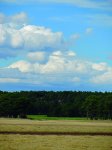
Past the pinewood, the road continues through a flood plain, towards a line of poplars and ashes, until it reaches a meander on the River Duero. A sign at a fork in the road indicates left, towards an offshoot road on the right, to Matute de Almazán. The road climbs up a gentle slope and continues parallel to the river. There are stunning views of the Duero, whose waters flow slowly flanked by riparian vegetation. There is a small promontory at a bend in the road which serves as a natural viewpoint from where one can enjoy the leisurely pace of the river.
From here, the road to Centenera de Andaluz continues through barren land, dominated by crop farms where sunflower, wheat or barley is grown. To the right is the small town of Matute de Almazán. Past the first interStage, the road turns left at the next crossroads towards the River Duero, and passes next to an adobe pen and a small pine grove.
Farmed poplars, perfectly arranged in rows, are the new travel companion of the river. The trees tap the water table and leverage the cool damp air to grow quickly.
Next to a small bridge, the route arrives again at the road to Centenera de Andaluz. After crossing the bridge, the road forks again, taking the path farthest to the left, marked by an arrow, skirting around a small poplar grove.
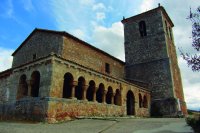
The route continues between farmlands, with views of small maritime pine, holm oak (Quercus ilex) and riparian forests on the River Duero. A variety of bird species choose to live in this ideal place. Quails (Coturnix coturnix) build their nests on the ground of grain fields; Skylarks (Alauda arvensis), Common Calenders (Melanocorypha calender) and Crested Larks (Galerida cristata) run around foraging for insects and seeds; and Northern Wheatears (Oenanthe oenanthe) use mounds of stone as perches.
The route continues along the path, ignoring all the offshoot roads that emerge. The landscape alternates between holm oaks, pines and farmlands; the typical Castilian landscape along the Duero Valley. Before reaching Centenera de Andaluz, the road turns north to the right, amidst market gardens, and reaches a small village that still bears the mark of its rich historical past.
At the opposite end of the village are a small washhouse and a stone fountain with crystal clear water that is irresistible on a hot summer day.
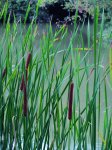
The route heads southwest to the first interStage, where it turns right (west) through farmlands. About 800 metres further on, the road reaches a fork, and continues southwest along the left branch. Holm oaks, cereals and irrigated farms, where sainfoin is grown, alternate in the horizon.
The road ends at an interStage with a sign indicating the road on the right towards La Cerradilla, a very steep, huge ravine cut into the clay slope by the River Duero.
The red earth contrasts with the different hues of green and grey of the vegetation along the river. One can see in the background the silhouette of the town of Andaluz, the endpoint of this Stage, located at the outlet of La Hoz, a small limestone gorge. A gentle descent leads to the town, which boasts the Romanesque church of San Miguel Arcángel.
Profile
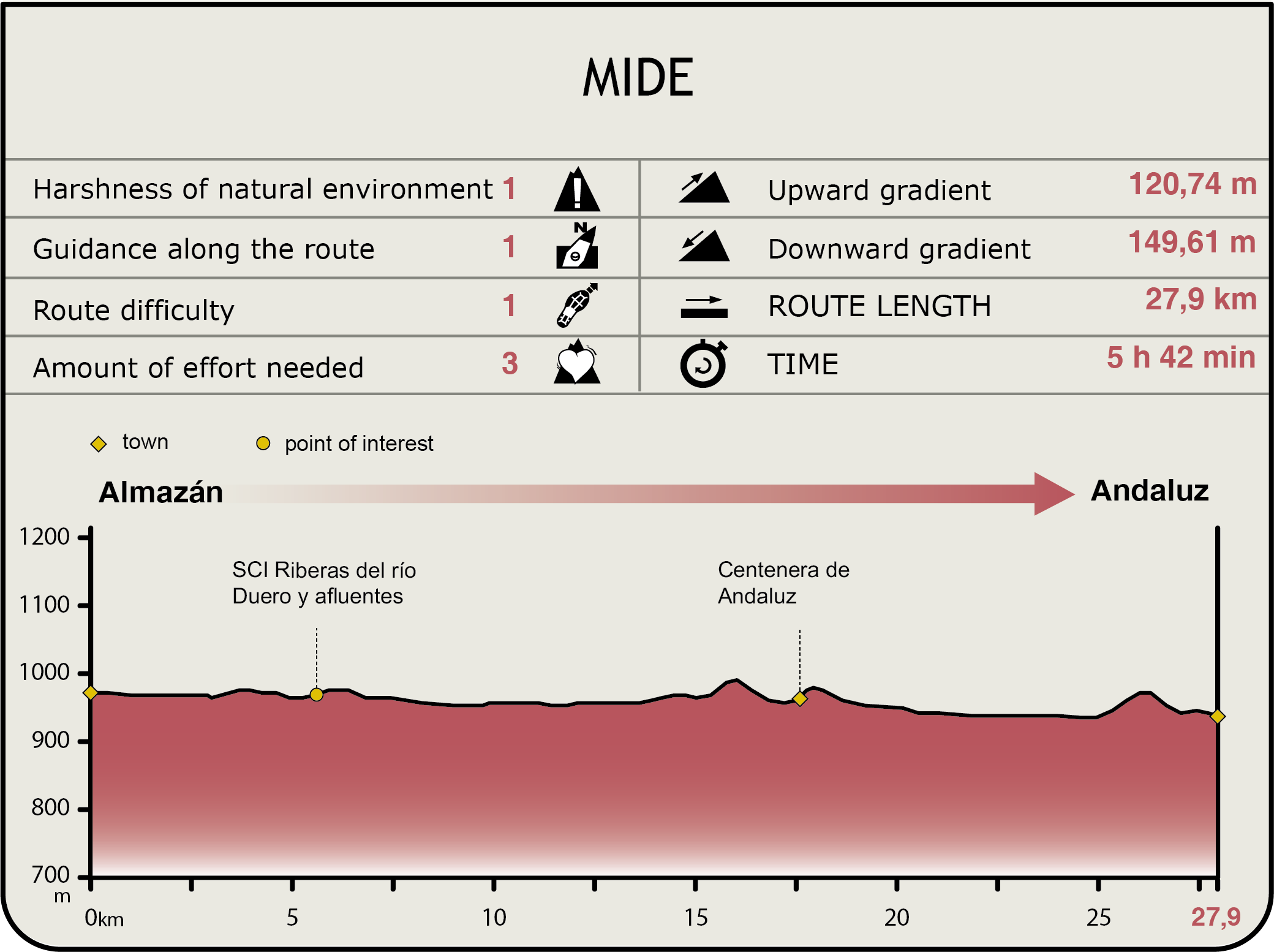
MIDE (Method for the Information of Excursions)
Featured
Información adicional
Almazán
A border town on the Duero at the time of the Reconquista, Almazán was fortified during the 10th century by the Cordovan caliph Abderramán III, whose headquarters was located in the nearby town of Medinaceli.
In 1098, the city was conquered by the Aragonese king, Alphonse VI, who granted the town certain privileges and laws. In 1121, following the Council of Burgos, Almazán came under the Bishopric of Sigüenza.
This area of the River Duero suffered a significant loss of population owing to the battles between the Castilian and Aragonese armies, and the advance of the Christian border. The population of Almazán declined significantly in the late thirteenth and early fourteenth century, with a large number of people migrating to the richer lands in the south. Consequently, the kings conferred privileges and exemptions to encourage population growth.
In 1375, the kingdoms of Castile and Aragón signed the Peace Treaty of Almazán. The agreed marriage between Princess Leonor, daughter of the King of Aragon, and Prince Juan of Castile, was one of the main conditions set by this agreement. This was the first step towards the future union of the two kingdoms. Located on the border of the Duero, Andaluz was a strategic town in the early Middle Ages, at the centre of many skirmishes with the Muslims.
Andaluz and the Church of San Miguel Arcángel
Located on the Duero border, Andaluz was a strategic town in the early Middle Ages, and at the centre of many skirmishes with the Muslims.
Its name dates back to the Reconquista, when Andalusian Mozarabs repopulated these lands. The Fuero de Andaluz, granted by Count Gonzalo Núñez de Lara in 1089 in Burgos, under the reign of King Alphonse VI, was older than the Fuero of Soria and Medinaceli, which made it one of the oldest "fueros" (charters) in Castile. This prerogative established the laws that governed the Villa and Tierra de Andaluz, decided the punishments and laid down public and private rights. In short, it laid the foundations for a life under the rule of law.
The Church of San Miguel Arcángel, with a single nave and a semi-circular apse, was built in the twelfth century. An arcaded gallery was added in the thirteenth century. Only the portico on the south façade, the base of the nave walls, and the gallery of this medieval building still stand. The structure was subsequently modified with sculptural ornaments on the capitals and façade. In the sixteenth and seventeenth centuries, it was restored again to its current appearance: taller, with a rectangular apse and a tower and sacristy attached to the building.




